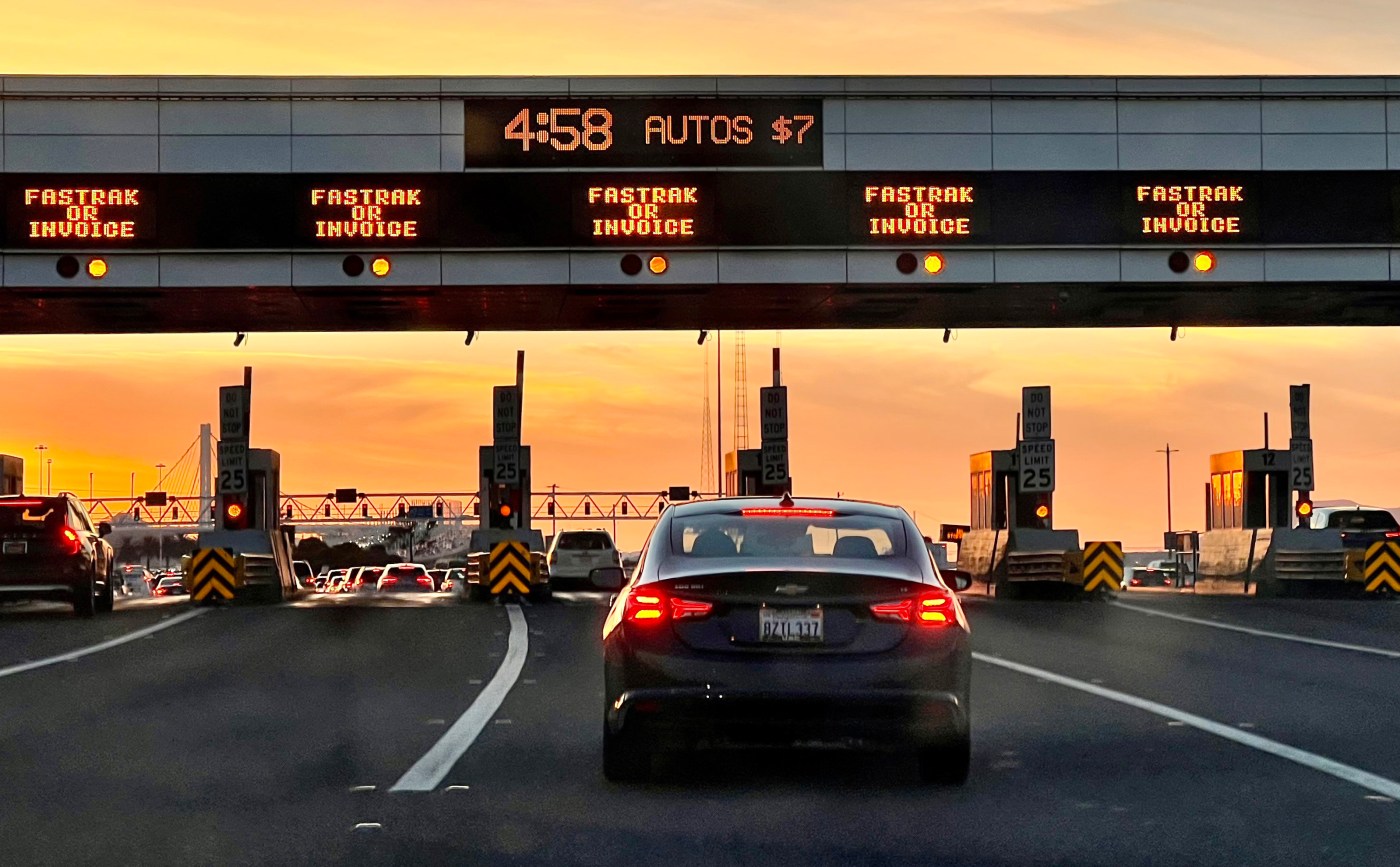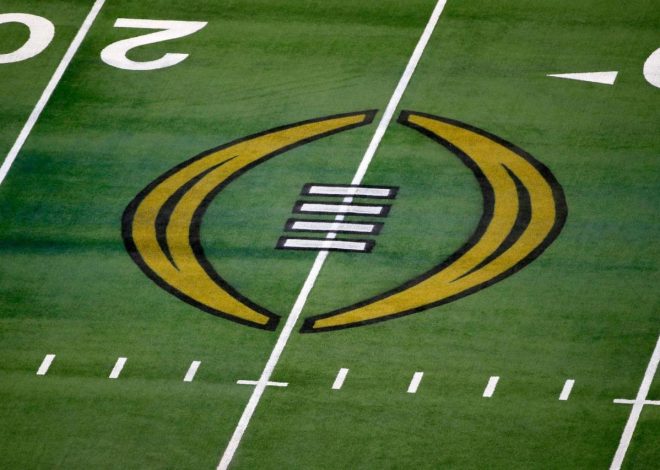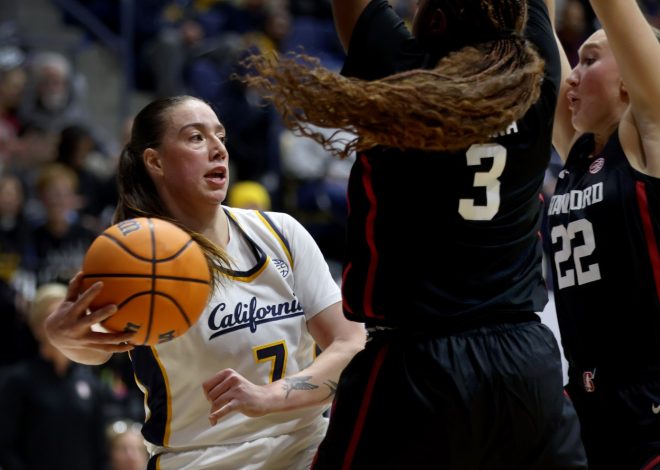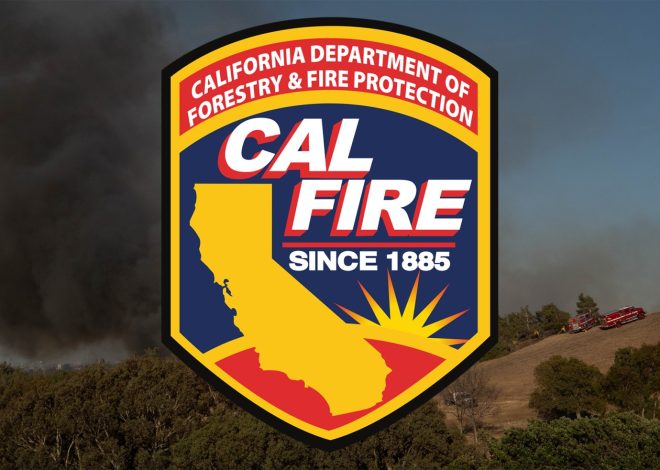
More toll hikes proposed for Bay Area bridges
Getting around the Bay Area by bridge is expected to keep getting more expensive.
Drivers crossing the region’s seven state-owned toll bridges could face several increases over the next five years — up to $11.50 for some users by 2030.
The Bay Area Toll Authority on Wednesday proposed initially raising tolls for FasTrak drivers to $8.50 starting in January 2026 to cross the Bay, Antioch, Benicia, Carquinez, Dumbarton, Richmond-San Rafael and San Mateo bridges. FasTrak users would then see an increase to $9 in 2027, $9.50 in 2028, $10 in 2029, and $10.50 in 2030. Tolls could be even higher for those without transponders.
Tolls are already rising from $7 to $8 on Jan. 1 for FasTrak users, a previously announced decision.
The Golden Gate Bridge isn’t included in the proposal as it is run by the Golden Gate Bridge, Highway and Transportation District. Tolls on the iconic span were raised from $8.75 to $9.25 in July for FasTrak users and are projected to climb even higher as post-pandemic traffic continues to lag.
The Metropolitan Transportation Commission, which manages the state-owned bridge system, says the toll hikes are needed to pay for maintenance, rehabilitation and operation of the state-run bridges. The proposed toll hike would raise about $60 million the first year and about $300 million annually when tolls go up $2.50 in 2030.
MTC officials say the hikes are also aimed at encouraging more customers to pay electronically with FasTrak toll readers. The toll readers have a lower administrative cost than payment through a license plate account or returning a payment with an invoice through the mail.
About 10 million drivers pass through a toll plaza on one of the seven bridges every month, but a 10% reduction in bridge users since the pandemic has also played a part in the proposed toll hikes.
“Even before the pandemic we knew that we would have to do a toll increase for maintenance: paint, structural preservation, all kinds of things,” said MTC spokesperson John Goodwin, adding that an initial hike wasn’t expected until 2027, but the pandemic accelerated the need for more incoming cash.
Goodwin said those who will be impacted the most are the daily bridge users, but that is a low number. According to MTC data from last October, just 3% of all bridge users crossed a span daily.
“I’m sensitive to the overall cost of living in the Bay Area,” Napa County Supervisor Alfredo Pedroza, who also serves as chair of both the transportation commission and the toll authority, said in a statement. “Working families really feel the impact, not just in transportation but back at home with utilities, groceries, children. This one is hard. But it’s the right thing to do.”
Related Articles
Key Bridge collapse: Dali owners to pay over $100 million to cover federal costs in restoring port access
Four teen girls arrested in beating and robbery at Oakland BART station
Motorcyclist suffers major injuries in East Bay crash
Q&A: Plan to bail out Bay Area public transportation would tax voters
SamTrans, bus operators set mediation date as contentious negotiations continue
The current proposed toll hike is separate from the $3 increase approved by Bay Area voters in 2018 through Regional Measure 3 to pay for highway and transit improvements around the region. The first of the three $1 toll increases went into effect in 2019, followed by another in 2022. The last of those toll hikes goes into effect in January, bringing the toll for cars and trucks to $8.
The toll authority and the MTC are asking the public to weigh in on the proposed toll increase during a comment period that begins Nov. 4 and ends at 5 p.m. Dec. 3. Comments can be sent by email to [email protected].
Authorities will also host a public webinar on Nov. 13 from 6:30 p.m. to 8 p.m. to present more details about the proposed toll hikes. A public hearing at 9:30 a.m. on Nov. 20 in San Francisco is scheduled to hear testimony about the toll hike proposal.


